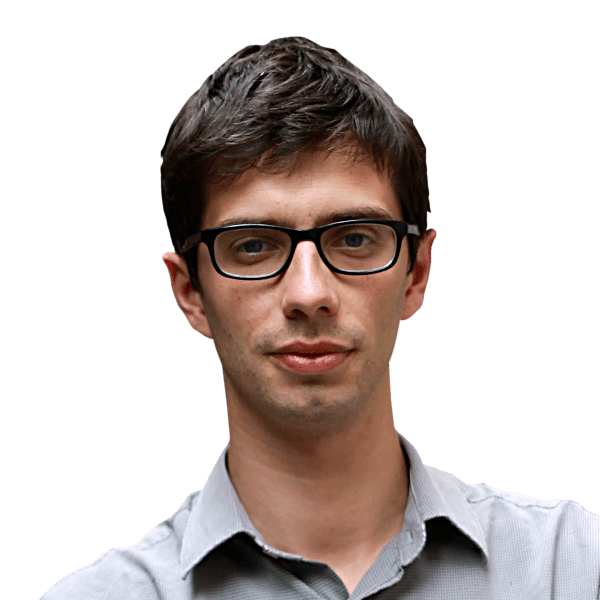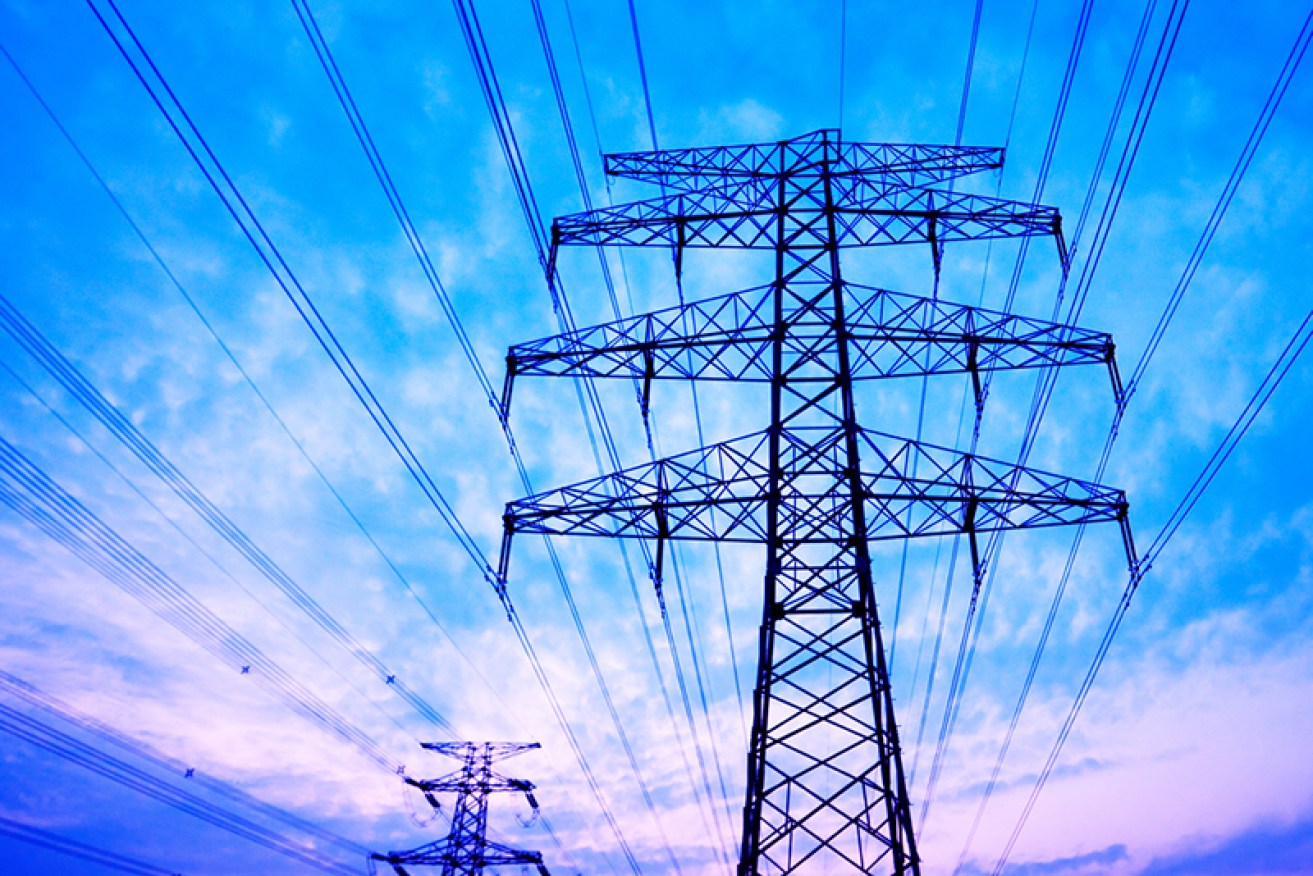Weird and wonderful: what you own via super


Shutterstock
Shopping malls in Hawaii, airports in Austria, even advertising space in New York City – if you’re a member of a superannuation fund, the chances are you own one or all of these, and more.
Already prolific investors in domestic infrastructure and commercial property, Australian superannuation funds are increasingly casting their nets overseas to find high-value assets to invest in.
• What Baird isn’t telling voters about selling the poles and wires
• AustralianSuper buys Hawaiian shopping centre
• Superannuation: is it time to lock in your gains?
With the Queensland election behind us and the NSW ahead, infrastructure privatisation is on many Australians’ minds. Many oppose it on the grounds that the massive income generated by these assets goes from the public coffers to the richest one per cent.
While this is often the case, what many people do not know is that superannuation funds are lining up to invest their members’ money – the money of ordinary, working Australians – in these assets. And given most super funds are not-for-profit, when a super fund invests in something, all the profits go to members.
With this in mind, we thought it would be timely to have a look at some of the most interesting and unexpected infrastructure and commercial property assets, at home and abroad, that are owned by millions of Australians.
This is what we found.
The world’s biggest open-air shopping centre in Honolulu, Hawaii

Photo: Shutterstock
If you’re one of AustralianSuper’s two million members, you are a part owner of a 25 per cent stake in the Ala Moana Centre in Honolulu. The $84 billion super fund announced it had bought a quarter share of the centre for $1.1 billion in March 2015.
The iconic advertising space on One Times Square, New York City

Photo: Shutterstock
If you work for the Queensland public service, you may be surprised to learn that you own a chunk of this iconic mega-billboard. It’s hard to argue with QSuper’s reasoning for making the investment: “Due to its extreme visibility – around 35 million people walk through Times Square every year and an estimated one billion watch the new year festivities – advertising rates for these signs are among the highest in the world, and since 1998 have increased at an average of 8.4 per cent per annum.”
Gateway to the home of classical music: Vienna Airport, Austria

Photo: Shutterstock
If your fund is one of the 30 industry funds that own and invest through mega fund manager IFM Investors, then you own a stake in Vienna Airport. IFM Investors, which is owned by funds such as LUCRF, First Super, UniSuper, Cbus, HESTA and AustralianSuper, owns a swathe of infrastructure assets across Europe, the USA and Australia. Airports, by the way, are a favourite of super funds. There probably isn’t a commercial airport in Australia that isn’t part-owned by one of the major super funds. Outside Australia, IFM Investors also owns a stake in Manchester Airport in the UK.
Profiting off thirsty Poms: Thames Water, London

Photo: Shutterstock
This UK water utility company is owned by Queensland’s state-owned fund manager, QIC, on behalf of the members of QSuper. While regulation prevents this private company charging too much for water, the fact that it is a regulated monopoly means it provides a very reliable income.
Back home: Melbourne’s Southern Cross Station

Photo: Shutterstock
IFM Investors bought its stake in Melbourne’s main transport interchange in 2003, under a 30-year concession to 2036 from the Victorian State Government. Like airports, train stations are inherently monopoly-like assets, and therefore draw a steady, reliable revenue.
Mike Baird’s first major asset sale: Port Botany, NSW

Photo: Shutterstock
Then NSW Treasurer and now Premier Mike Baird sold Ports Botany and Kembla in 2013 for more than $5 billion. IFM Investors led the bid, which included four industry funds as well as the Abu Dhabi Investment Authority. This is a huge sum of money to spend on a relatively ‘illiquid asset’ (i.e. it is hard to sell quickly). But this illiquidity is precisely what makes it attractive to big super funds. Fund managers who invest on behalf of wealthy private investors tend to avoid these kind of investments because they can’t risk these private investors suddenly wanting to withdraw their money. But because super funds have a reliable flow of new members, and the existing ones can’t access their money until retirement, they can afford to take the ‘liquidity risk’. This gives them an edge over other investors, and means they buy the asset at a good price, what is known as an ‘illiquidity premium’.
The topical one: South Australia’s poles and wires

Photo: Shutterstock
South Australia’s electricity network was sold in 1999. Through infrastructure fund manager Hastings, a number of super funds – including Sunsuper, AustSafe Super, BUSS(Q) Building Super, and Club Super – own a stake in the privatised but heavily regulated operator of the poles and wires, ElectraNet. If Mike Baird wins the NSW election on March 28 and proceeds with the sale of the state’s poles and wires, then the chances are a number of super funds will bid for a slice. Already AustralianSuper’s name has been raised as a possible bidder, alongside the most commonly cited bidder: Chinese state-owned company State Grid Corp. While selling the network to Australian super funds would be better PR for the Baird government, as it would mean the profits would still be going to ordinary Australians, the chances are the highest bidder – which may or may not include super funds – will take the prize.








